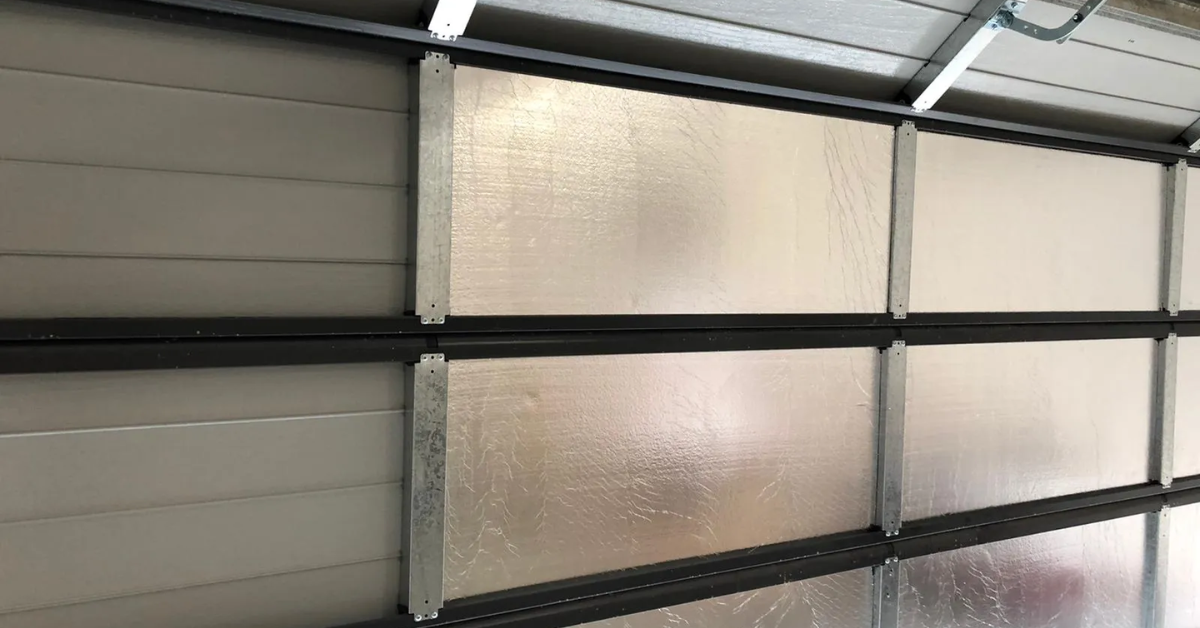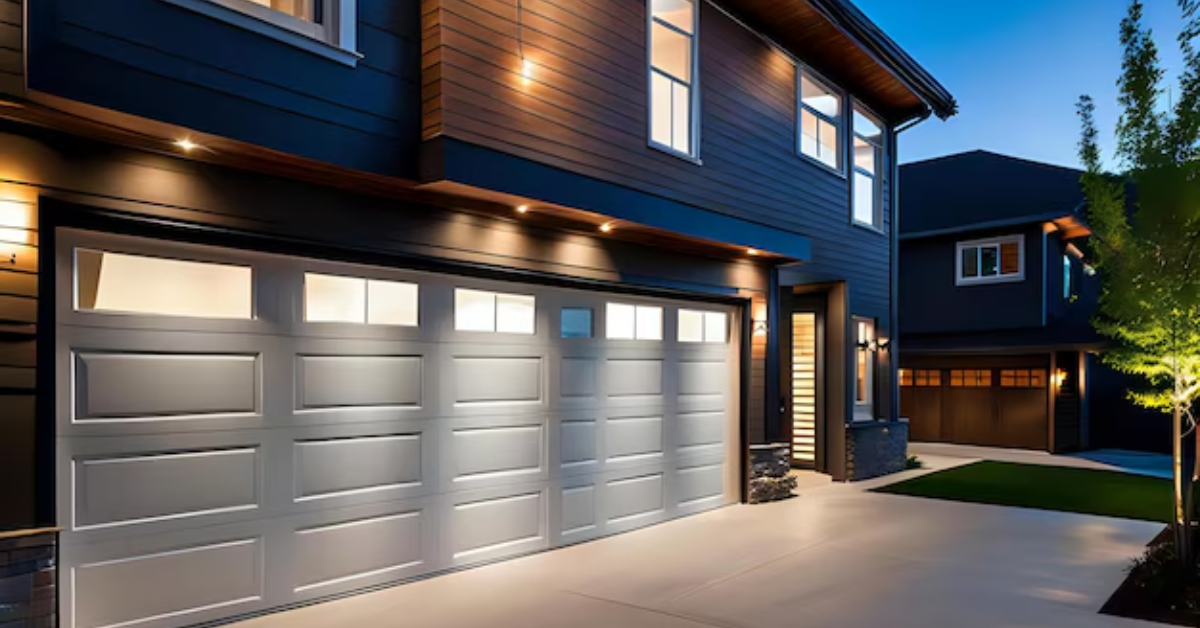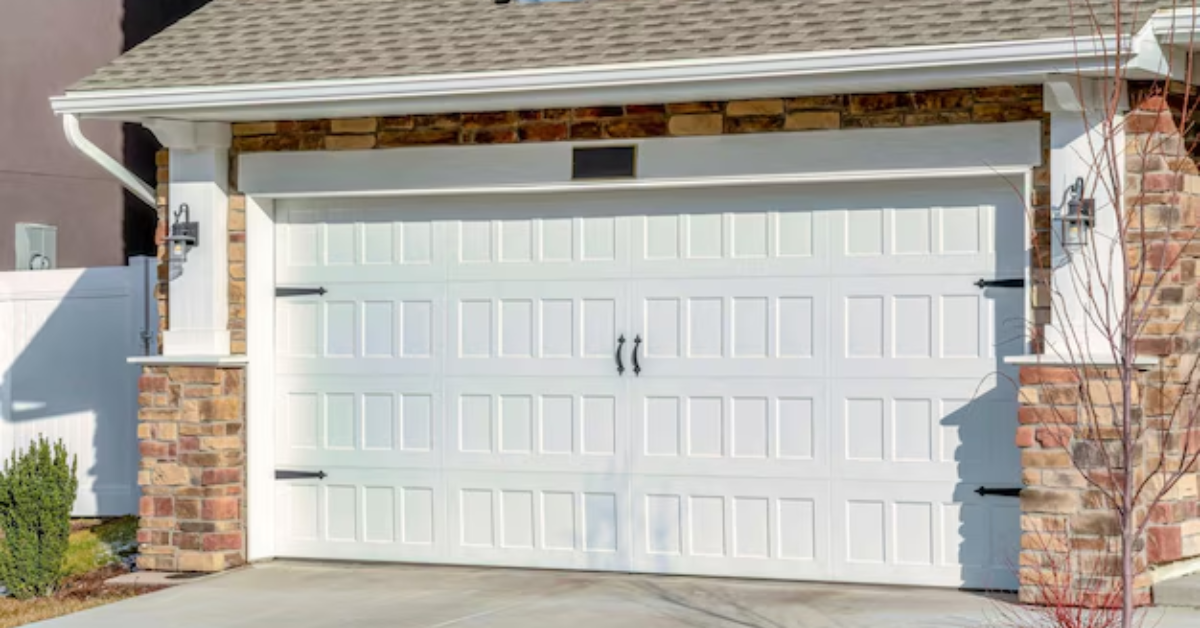How To Replace Garage Door Insulation Panels?
Maintaining a well-insulated garage is crucial for energy efficiency, especially in regions with extreme weather conditions. Insulated garage doors play a significant role in regulating the temperature inside the garage, reducing heat loss in winter and minimizing heat gain in summer. However, over time, the insulation panels on your garage door can become worn out or damaged, leading to decreased efficiency. In this detailed guide, we will walk you through the process of replacing garage door insulation panels, ensuring that your garage remains energy-efficient and comfortable year-round.
Understanding the Importance of Garage Door Insulation Panels
Garage door insulation panels are essential for maintaining the thermal integrity of your garage. These panels act as a barrier, preventing the transfer of heat between the interior and exterior of the garage. This insulation helps in reducing energy costs, maintaining a stable temperature, and even protecting the items stored in your garage from extreme temperature fluctuations.
The benefits of replacing old or damaged insulation panels are numerous:
- Proper insulation reduces the need for additional heating or cooling, leading to lower energy bills.
- A well-insulated garage maintains a more consistent temperature, making it more comfortable to use year-round.
- Insulation helps protect sensitive items stored in the garage from temperature extremes.
- Insulated panels can also help in reducing noise from outside, making your garage a quieter space.
Signs That Your Garage Door Insulation Panels Need Replacement
Before jumping into the replacement process, it’s important to identify whether your insulation panels truly need replacing. Some of the key signs include:
- Visible Damage: Cracks, holes, or tears in the insulation material are clear indicators that replacement is necessary.
- Decreased Energy Efficiency: If you notice a sudden spike in your energy bills or find it difficult to maintain a comfortable temperature in the garage, your insulation panels may be compromised.
- Aging Panels: Over time, insulation materials can degrade, losing their effectiveness. If your panels are several years old, it may be time to replace them.
- Water Damage: Moisture infiltration can cause the insulation to become soggy and ineffective, necessitating replacement.
Tools and Materials Needed for Replacing Garage Door Insulation Panels
Replacing garage door insulation panels is a straightforward DIY project, but having the right tools and materials on hand will make the process smoother. Here’s a list of what you’ll need:
- Replacement Insulation Panels: Ensure that the new panels are compatible with your garage door model.
- Utility Knife: For cutting the insulation to size.
- Measuring Tape: To measure the dimensions of the insulation panels.
- Adhesive or Insulation Fasteners: To secure the new panels in place.
- Gloves and Safety Glasses: For personal protection during the installation process.
- Screwdriver or Drill: Depending on your garage door model, you may need these tools to remove and reattach components.
Step-by-Step Guide to Replacing Garage Door Insulation Panels
1. Measure the Existing Panels
Start by measuring the dimensions of the current insulation panels on your garage door. Use a measuring tape to get accurate measurements of each panel. Record these measurements, as they will guide you in cutting the new insulation to the correct size.
2. Remove the Old Insulation Panels
Carefully remove the old insulation panels from the garage door. Depending on how they were installed, you may need to use a screwdriver or drill to remove any fasteners holding the panels in place. If the panels are glued, gently pry them off with a utility knife. Be cautious not to damage the garage door during this process.
3. Prepare the New Insulation Panels
Using the measurements you recorded earlier, cut the new insulation panels to size. A utility knife is the best tool for this job, as it allows for precise cuts. Make sure the panels fit snugly into the spaces on your garage door without any gaps.
4. Install the New Insulation Panels
Position the new insulation panels on the garage door, ensuring they align correctly with the door’s contours. Depending on your garage door model, you can secure the panels using adhesive or insulation fasteners. Apply even pressure to ensure the panels adhere properly. If using fasteners, ensure they are evenly spaced to keep the insulation securely in place.
5. Check the Installation
Once all the panels are installed, check to make sure they are firmly in place and that there are no gaps or loose areas. Run your hand over the panels to check for any uneven spots. If necessary, make adjustments to ensure a smooth, secure fit.
Maintenance Tips for Your Garage Door Insulation Panels
To prolong the life of your new insulation panels and maintain their effectiveness, regular maintenance is key. Here are some tips to keep your garage door insulation in top condition:
- Periodically check the insulation panels for any signs of damage or wear. Minor issues can be prevented from becoming major ones if they are detected early.
- Dust and debris can accumulate on the panels over time. Clean them with a soft brush or vacuum to prevent dirt from affecting the insulation’s performance.
- Ensure that there are no gaps around the edges of the insulation panels. Use weatherstripping or caulk to seal any gaps, which can improve the insulation’s effectiveness.
- Moisture is one of the biggest enemies of insulation. Ensure your garage is properly ventilated to prevent condensation and water damage to the insulation panels.
Conclusion
Replacing garage door insulation panels is a practical and effective way to enhance your garage’s energy efficiency, comfort, and protection. Using these steps, you can ensure a successful installation that will last for years. Regular maintenance will further extend the life of your insulation, keeping your garage a comfortable and functional space.




